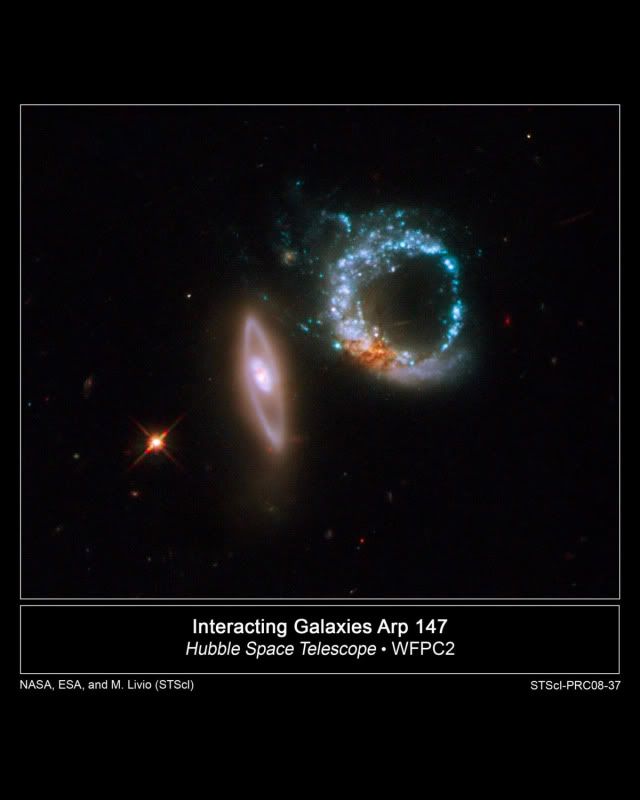" The idea of serendipity explains the coincidences that scientists like to refer to explain away anything that would ruin theories or ideas they oppose. Serendipity is the convergence of separate things or forces due to some force of attraction such as harmonic resonance or stochastic resonance. It can explain why two or more people can have the same idea or concept even though widely separated from each other and having no other communication between them. It also explains why pieces of a complex picture come together simultaneously or why there is such a thing as self-organization out of chaos.
Coincidence is a catchword that is used to dismiss things that are actually connected and interrelated. Coincidence assumes two separate and random events may or may not occur simultaneously. There is no pattern other than randomness and chaos. Rising world temperatures and increasing carbon dioxide levels due to human activity has actually been called a coincidence. Only recently have scientists taken another look and are starting to see convergence instead of coincidence. Part of the evidence that has convinced them, is the findings of paleoclimatology. The strange piece in all of this is that carbon dioxide has been known for a long time to be a greenhouse gas. Yet, many scientists have staked careers on the idea that rising CO2 levels and rising temperatures in the Earth's atmosphere are unrelated, merely a coincidence that could as easily not have happened. But this relationship is not a serendipitous one. It is a cause and effect relationship that is well understood.
A serendipitous relation is where unrelated events do converge in a single place and time and are not related by cause and effect patterns. Serendipity allows for cross-disciplinary insights and new ways of perceiving and doing things. A good example of this is the discovery of asteroids and comets near the sun using the SOHO satellite. The SOHO spacecraft was designed to observe the sun, but amateur and professional astronomers have seen far more besides solar phenomena. The Hubble telescope too has found new asteroids in abundance. From this, a power spectrum of size distribution has been found that has implications for the solar system and beyond. While observing other phenomena, the telescope revealed asteroids in abundance at the same time. This was no coincidence, but the serendipitous alignment between telescope, target and asteroids.
When looked at as a whole, there is very little that can be called coincidence in the cosmos. Even the alignment of certain stars in the heavens to particular positions and events unfolding on Earth are not a coincidence. The particular inclination of the Earth guarantees that certain events will usually unfold, just as certain star patterns align overhead. The ancient Egyptians, Babylonians, Mesoamericans all built cosmogonies based upon this reality that worked for them, particularly in their survival as societies. They went to enormous effort to build structures aligned to the heavens. In the case of the Egyptians, we can't even duplicate their engineering feats today. This is a cause and effect relationship that is clear when nature and society are seen as interlinked.
Modern civilization appears to be detached from nature. We, who drown out natural occurrences with an artificial replacement, can be more readily convinced that certain relationships are a coincidence. We receive much of our information second and third hand and can be easily led one way or another. Once one experiences nature and its cycles first hand, the explaining away of serendipitous events as mere coincidence, is not as an effective argument as to those who's closest approach to nature is the freeway or the TV set. Serendipitous events then, can be described as those that occur in parallel to each other in time. High tides occur just after the moon passes the local zenith. Summer bounty occurs when the sun is high from the southern horizon in the northern hemisphere. The relationships that are serendipitous ones are endless. That which appears coincidental, is the result more to do with ignorance than with randomness.
Randomness and chaos are aspects of the same phenomena. Revelations in the study of chaos have revealed a complex order that follows the paths of strange attractors. Even random events like fractal Brownian motion and a true drunkards walk have an overall pattern. The strange attractor rules even in these domains, though it is a different type than that which rule weather or orbits. Strange attractors can account for self-organization in the complex cosmos. Strange attractors are born from the serendipitous convergence of an environmental differential and turbulence, which is generated as a result of the multi-bodied cosmic reality. The cosmos is so constructed as to guarantee serendipitous events of all types. We in our ignorance often call certain relationships, coincidence when it is not so. "
Source http://www.intimatecosmos.com/serendipidy.html


1 comment:
Aren't we confusing Serendipity and Synchronicity?
Serendipity is a state of mind, it's being open to discovery & surprises... not planning, but an open mind & heart, as I said on Twitter yesterday. When we have that state of mind, then we “see” or sense things, we “allow” things to happen.
Synchronicity is an event, it's when several things that seem unrelated or unlikely, happen as if by chance, like scientists making the same discovery, seemingly independently from one another. To me, synchronicity doesn't happen because we are open to it, but rather because “the time is ripe”...
Both are possibly related to our collective consciousness/intelligence, however.
@cdn
Post a Comment